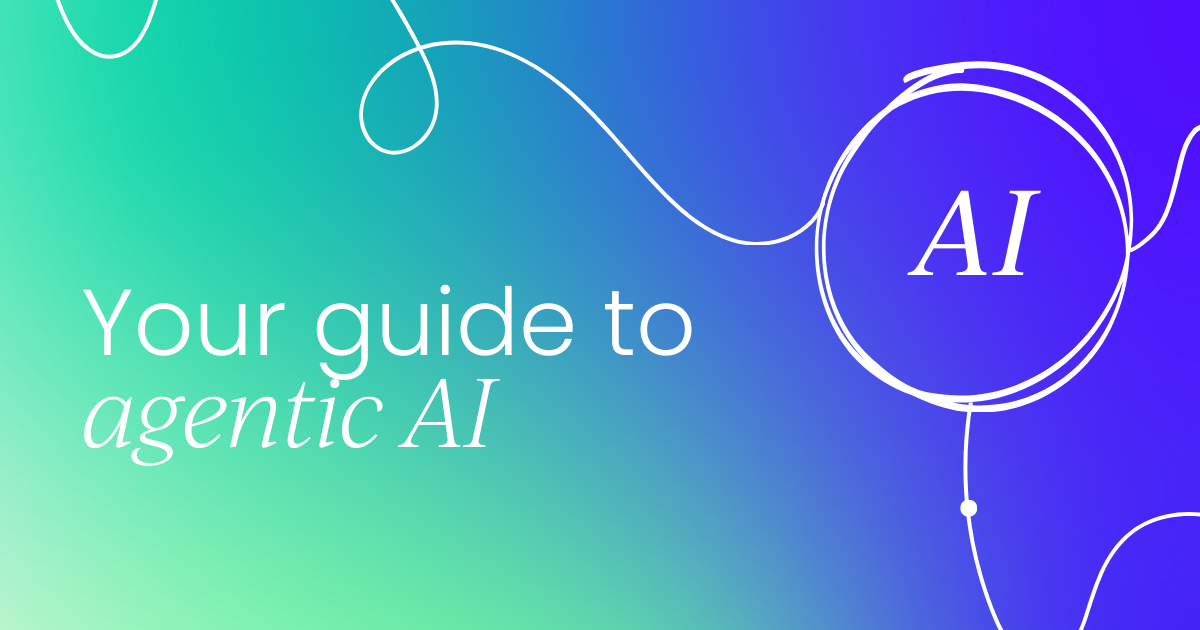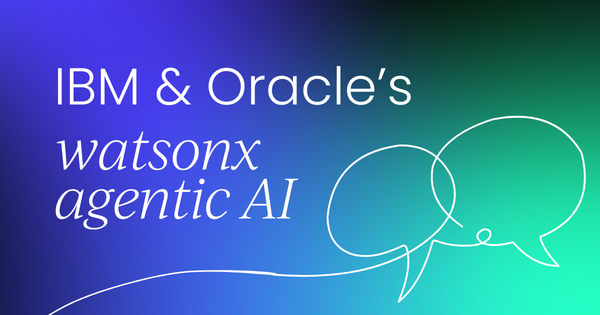Unlike traditional AI systems that rely on step-by-step human input, agentic AI represents the next evolution: autonomous agents capable of ingesting information, executing tasks, and independently delivering end-to-end outcomes.
These agents can undertake multistep processes, linking APIs, databases, and workflows, to tackle complex problems without constant oversight. As businesses aim to streamline operations and cut down on manual bottlenecks, agentic AI signals a shift from human-in-the-loop to human-on-the-loop management.
IBM and Oracle’s relationship stretches back years, with joint efforts to optimize middleware, databases, and cloud services. Their agentic AI partnership builds on prior collaborations, such as the 2018 integration of IBM Cloud with Oracle’s database services. It reflects a mutual strategy to deliver enterprise‑grade AI tools at scale. By pooling IBM’s AI research and Oracle’s cloud infrastructure, they can offer customers seamless, cloud‑native workflows that span both vendors’ ecosystems.
watsonx Orchestrate: Automating workflows
On May 6, 2025, IBM and Oracle unveiled a significant expansion of their alliance: IBM’s watsonx AI portfolio, including watsonx Orchestrate and the new Granite AI models, will be directly available on Oracle Cloud Infrastructure (OCI).
Unlike point solutions, these tools are deeply embedded in OCI’s core services, allowing agents to run natively alongside data and apps—no extra pipelines or connectors needed.
At the heart of this expansion is watsonx Orchestrate, a drag‑and‑drop interface for building AI agents. Users can configure agents to perform tasks like data extraction, reconciliation, and approval routing by simply arranging modular “action blocks.” These blocks invoke pretrained models or custom scripts, then hand off outputs to the next step: creating a no‑code pipeline that frees business users from writing scripts or managing cloud resources.
Complementing Orchestrate are the Granite AI models, pretrained on industry‑specific datasets for finance, supply chain, and customer service sectors. By offering models tailored to common enterprise use cases, IBM and Oracle reduce the time and expertise needed to fine‑tune agents. Organizations can deploy a Granite model for invoice processing or customer‑support triage out of the box, then further customize it with proprietary data.
OCI: Built for agentic AI
IBM’s CEO, Arvind Krishna, set the tone at THINK 2025 when he declared that “the era of AI experimentation is over,” signaling a shift toward production‑ready AI agents that deliver measurable business outcomes. Analysts note enterprise customers increasingly demand turnkey, autonomous workflows rather than proof‑of‑concept demos.
Meanwhile, technology partners are already preparing for this evolution. At the same event, IBM highlighted its integration of webMethods Hybrid Integration, designed to “replace rigid workflows with intelligent, agent‑driven automation” across apps, APIs, and file transfers in a hybrid cloud environment.
Running agentic AI tools natively on OCI delivers several benefits:
- Reduced latency: Agents access data stored in OCI without egress fees or cross‑cloud hops.
- Scalability: OCI’s elastic infrastructure dynamically allocates resources as agents spin up or idle.
- Simplified management: Centralized monitoring and billing within OCI avoid the friction of multicloud administration.

Security and governance
A key selling point is unified governance. By keeping agentic processes within OCI’s security perimeter, enterprises gain:
- Audit trails: Every agent action is logged, ensuring traceability for compliance and forensic analysis.
- Access controls: Role‑based permissions limit which data sources or systems an agent can touch.
- Encryption and key management: OCI’s built‑in services manage encryption keys, reducing operational overhead.
Real‑world use cases
IBM and Oracle designed Orchestrate for both citizen developers and IT professionals. Prebuilt templates for common tasks, such as “Process Purchase Orders” or “Resolve Support Tickets”, enable rapid adoption. For more technical teams, APIs and SDKs allow embedding agentic functions into custom applications. This dual approach democratizes AI automation, letting frontline employees build solutions while keeping advanced customization in the hands of developers.
- Finance: Agents reconcile transactions across ERP systems, flag anomalies, and generate reports, cutting close‑of‑month times by up to 40 percent.
- Supply chain: Agents monitor inventory levels, predict stockouts, and automatically reorder supplies when thresholds are crossed.
- Customer service: Agents triage incoming tickets, draft responses, and escalate to specialists on complex issues, all within an enterprise service‑desk platform.
While Oracle and IBM take a joint approach, competitors are also racing to offer agentic AI. AWS Bedrock recently added “Agents” capabilities, and Microsoft Azure is integrating autonomous workflows into Power Automate. However, the IBM–Oracle deal stands out by uniting two major enterprise vendors and offering pretrained, domain‑aware models alongside low‑code orchestration tools in one cloud.
Trends and challenges
As agentic AI matures, we expect:
- Cross‑cloud agents: Tools to manage agents that operate seamlessly across OCI, AWS, Azure, and on‑premises data centers.
- Vertical AI catalogs: Expanded Granite‑style model libraries for healthcare, manufacturing, and legal.
- Standardized governance: Industry frameworks to certify the safety, ethics, and compliance of autonomous agents.
However, challenges remain. Data privacy regulations may limit the scope of autonomous decisions. Organizations must guard against over‑automation, ensuring human oversight where necessary. Technical hurdles, such as integrating legacy systems, can also slow rollout.
The expanded IBM–Oracle partnership marks a significant milestone toward autonomous enterprise AI. By embedding watsonx Orchestrate and Granite AI models directly into OCI, the two companies have created a unified platform for building, deploying, and governing agentic workflows at scale. For businesses and developers, this means faster time to value, robust security, and the freedom to build fast on a cloud they already trust.
As agentic AI evolves, organizations that move early will be best positioned to unlock real efficiency gains and stay ahead of the competition through true end-to-end automation.



 Follow us on LinkedIn
Follow us on LinkedIn



